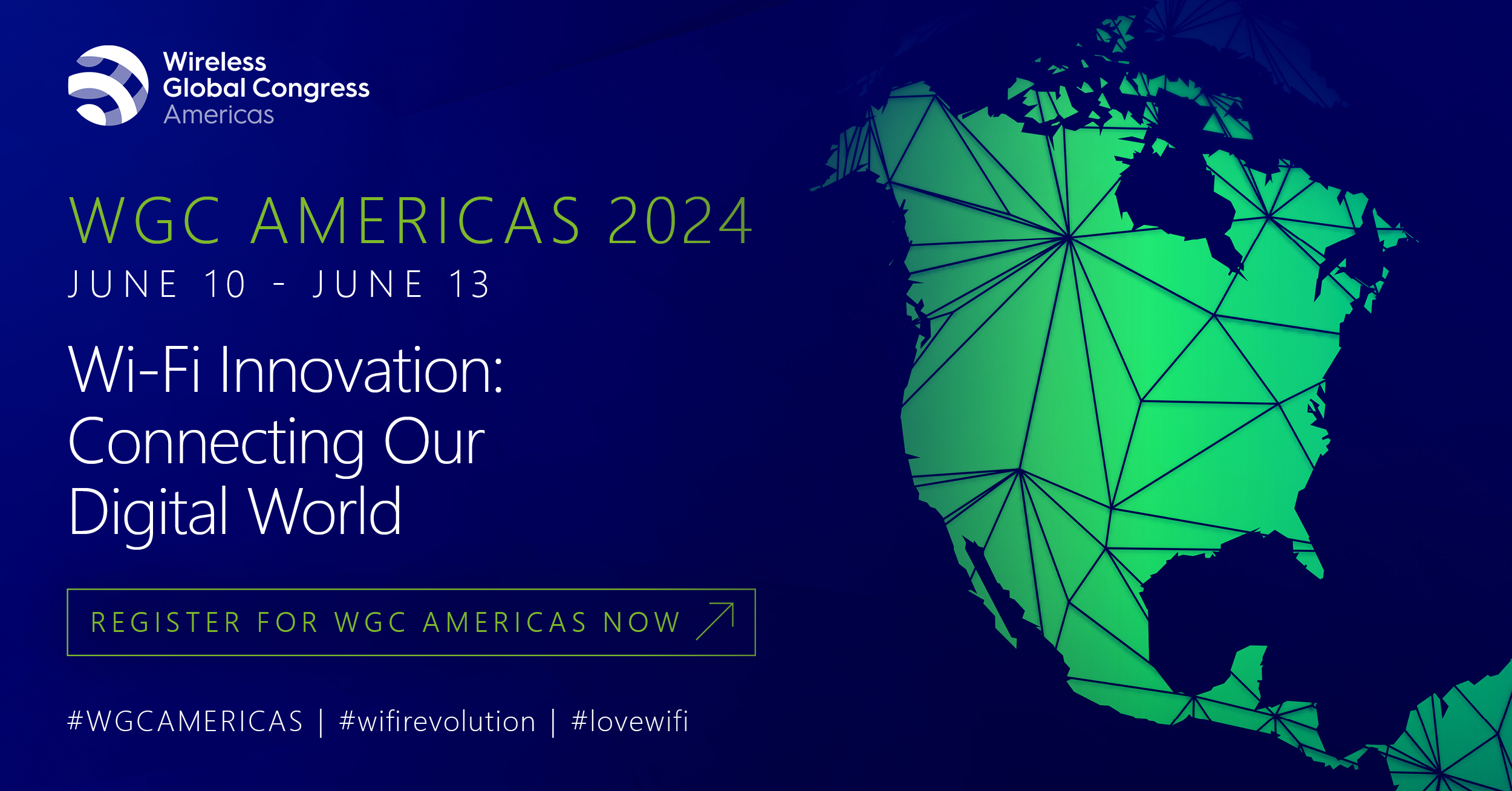WBA Annual Industry Report highlights how Wi-Fi is positioned to support 5G-type Performance and Use Cases
London 13 December 2017 – The level of industry confidence in Wi-Fi investment is at its highest-ever, according to the Wireless Broadband Alliance’s Annual Industry Report for 2017. As the wireless industry becomes crucial to delivering high quality, high speed, low latency connectivity, the new global study has revealed that over 80 per cent of those surveyed feel as or more confident than they did a year ago. And when looking at unlicensed spectrum more broadly, almost half (47 per cent) feel more confident.
The report, compiled by Maravedis on behalf of the WBA, comes at a significant time for the wireless ecosystem. There is a growing consensus that the success of 5G, unlike previous generations of standards, will rely on the convergence of multiple Radio Access Technologies (RATs) in unlicensed, shared and licensed spectrum, with Wi-Fi playing the central role. Developments in the latest Wi-Fi standards, including 802.11ax, will improve Wi-Fi performance and capabilities to support 5G use cases – including high density networks, extreme Mobile Broadband (eMBB) and aggregation of multiple frequencies, amongst others.
“Wireless use cases are expanding rapidly, enabled by new technologies and spectrum in the unlicensed and shared bands”, said Adlane Fellah, Senior Analyst, Maravedis. “These innovations are laying the foundations for the 5G era, in which Wi-Fi will play a central role.”
As industry attention moves toward monetising Wi-Fi, the study also highlights the drivers of additional traffic over the network, as well as use cases with initial revenue potential in different verticals. In this year’s survey, the services most important to monetisation strategies for 2018 according to respondents included location based services (37.5 per cent), roaming (33 per cent) and marketing analytics (almost 33 per cent). The three Wi-Fi use cases tipped to drive near term revenue potential include: extending internet access and media to a full smart home, richer and more efficient enterprise services driven by cloud managed networks and security, and expansion of the Wi-Fi roaming model.
The report also highlights the power of Wi-Fi, along with Low Power Wide Area Network (LPWAN) technologies, to provide a rapid and cost effective deployment of various Internet of Things (IoT) applications, including the deployment of smart cities. But interoperability between different technologies, independent certification of devices and equipment and collaboration between different city stakeholders were identified as areas that connected city ecosystems must urgently address. The WBA’s Connected City Advisory Board produced the second version of its Blueprint in November 2017, which intends to help cities develop their plans to become smart and emphasises the need to bring together the complex value chain of city stakeholders.
Also uncovered in the report is the rising adoption of the WBA’s Next Generation Hotspot (NGH) to support seamless authentication and multi-RAT access. The survey found that NGH had crossed the chasm with 23 per cent of respondents confirming its implementation, and 30 per cent planning to by the end of the year.
“As Wi-Fi continues to evolve, enabled by new technologies, it has the ability to support new connected services and use cases in the 5G era across all segments including, Carriers & Service Providers, Connected Cities and Enterprise & Hospitality ecosystems”, said Shrikant Shenwai, CEO, Wireless Broadband Alliance. “This report shows that confidence in Wi-Fi is at its highest level ever, as the industry starts to recognise the central role the technology will play in next-generation wireless networks. Further extended by 802.11ax, Wi-Fi will remain incredibly important to support a range of use cases and industries, but ensuring interoperability with other technologies will be the key.”
The WBA Annual Industry Report for 2017 can be downloaded here.
About the Wireless Broadband Alliance
Founded in 2003, the mission of the Wireless Broadband Alliance (WBA) is to resolve business issues and enable collaborative opportunities for service providers, enterprises and cities, enabling them to enhance the customer experience on Wi-Fi and significant adjacent technologies. Building on our heritage of NGH and carrier Wi-Fi, WBA will continue to drive and support the adoption of Next Generation Wi-Fi services across the entire public Wi-Fi ecosystem, including IoT, Big Data, Converged Services, Smart Cities, 5G, etc. Today, membership includes major fixed operators such as BT, Comcast and Time Warner Cable; seven of the top 10 mobile operator groups (by revenue) and leading technology companies such as Cisco, Microsoft, Huawei Technologies, Google and Intel. WBA member operators collectively serve more than 2 billion subscribers and operate more than 30 million hotspots globally.
The WBA Board includes AT&T, Boingo Wireless, BT, Cisco Systems, Comcast, Intel, KT Corporation, Liberty Global, NTT DOCOMO, Orange and Ruckus Wireless. For a complete list of current WBA members, please click here.
About Maravedis
Maravedis is a premier wireless infrastructure analyst firm. Maravedis focus on broadband wireless technologies (including 5G, LTE, Wi-Fi, Small Cells) as well as industry spectrum regulations and operator trends. Since 2002, clients have been able to access Maravedis technology, spectrum and market intelligence through research services which include disruptive reports, webinars, online databases, analyst support and briefings as well as custom consulting engagements.






